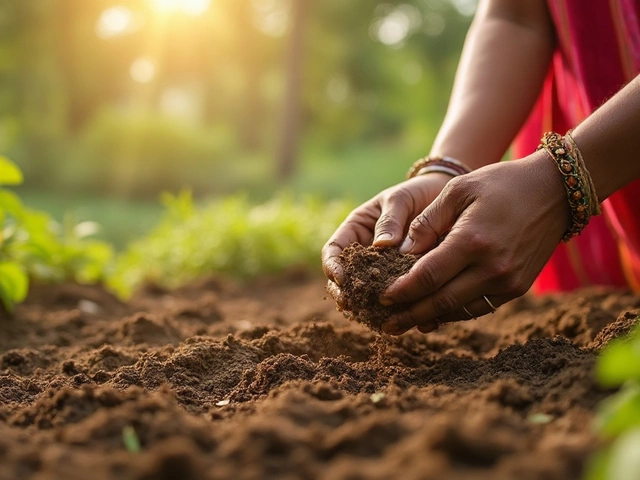National Flower India – The Lotus Explained
Did you know the lotus is officially India's national flower? It’s not just a pretty blossom; it holds deep cultural and spiritual value across the country. If you’ve ever wondered what makes the lotus special or how you can grow one at home, you’re in the right place.
Why the Lotus is India’s Symbol
The lotus represents purity, rebirth, and resilience because it blooms immaculate even in muddy water. Ancient texts, temples, and festivals showcase the flower, and its pink and white varieties appear on flags, coins, and artworks. Knowing this background helps you appreciate why people cherish the plant beyond its looks.
Growing a Lotus in Your Garden
Planting a lotus is easier than you might think, as long as you follow a few basics. First, choose a wide, shallow container – a 5‑gallon bucket works fine – and fill it with at least 12‑15 inches of water. Use a heavy‑weight potting mix without fertilizer; the roots need a firm base but not too rich a soil.
Buy healthy tubers or seed pods from a reputable nursery. Plant them about an inch deep, pointed side up, and cover gently. Keep the water temperature between 75‑85°F (24‑29°C) during the growing season; a sunny spot near a wall can help maintain warmth.
Lotus loves full sun, so aim for at least six hours of direct light each day. If you live in a cooler region, you can move the container indoors during winter or use a greenhouse. Change the water every couple of weeks to prevent algae buildup, but avoid completely draining the plant – the roots still need moisture.
Feeding is simple: add a slow‑release fertilizer designed for aquatic plants once a month during active growth. Over‑fertilizing can cause yellow leaves, so stick to the recommended amount. Prune any yellow or dying leaves to keep the plant healthy and looking tidy.
When the buds start to form, you’ll notice they open in the morning and close by late afternoon. This daily rhythm is a good sign the plant is thriving. If you plan to harvest seeds or use the flowers for décor, wait until the buds are fully opened but not yet wilted.
Beyond the garden, lotus parts are used in traditional Indian medicine, cooking, and art. The seeds can be roasted for snacks, while the petals are often offered in temples or used in natural skin products. Knowing these uses can add extra motivation to nurture your own lotus.
Quick FAQ:
• How long does a lotus live? With proper care, a tuber can produce flowers for 3‑5 years.
• Can I grow lotus in a regular pond? Yes, as long as the water is shallow and the pond gets plenty of sun.
• What’s the best time to plant? Spring, after the danger of frost has passed.
Whether you want a symbolic plant for your yard or simply love the elegant pink blooms, the lotus is a rewarding choice. Follow these steps, give it sunlight and warm water, and you’ll have a piece of India’s heritage thriving right at home.
Lotus Flower: Why It's the Most Iconic Flower of India
Uncover why the lotus holds the crown as India's number one flower. From history to gardening tips, let's see what makes this bloom so special.
About
Flower Gardening
Latest Posts


Number One Natural Insect Repellent: The Truth About What Really Works
By Alden Thorne Jun 10, 2025

Revitalize Your Garden: Proven Ways to Refresh Tired Soil Fast
By Alden Thorne Jun 26, 2025

Quick and Effective Ways to Boost Soil Nitrogen Levels
By Alden Thorne Dec 7, 2024
